Backyard composting converts leaves, kitchen scraps, paper and other organic materials into a valuable soil conditioner that boosts plant growth and helps the soil retain water. Compost can be used on gardens, lawns, and houseplants. How much compost you can generate depends on the amount of compostable materials you regularly have available and the space you have for composting.
About 25% of the average home trash can is filled with food and yard waste that can be composted. Besides creating large amounts of methane as it decomposes in the landfill, this waste is overloading our landfills and using a great deal of resources to haul them from place to place. Just like at home, office food waste is compostable, but did you know that paper towels and paper plates can be composted too? There are even compostable utensils and plastic cups that are available in almost any grocery store that are made from vegetables like corn, soy beans and potatoes. Wouldn’t it be great to divert all of your home and office “trash” out of the la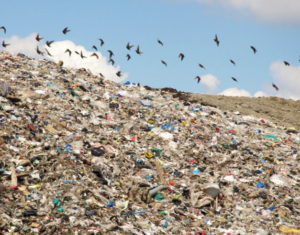 ndfill and into the land itself?
ndfill and into the land itself?
Home and office composting is one of the best ways we, as individuals can combat climate change. Composting sequesters carbon – putting compost on your lawn or garden not only returns the carbon in those materials back to the soil, compost activates the microbes in the soil and helps them pull down carbon from the air and fix it in the soil.
Composting is easy, clean and odor free when done properly. All you need is a compost bin and the right mix of materials going into it. For best results, add a mixture of materials, think in terms of green and brown. Green things include grass clippings, food scraps and liquids no matter what color they really are. Brown things include newspaper and paper towels, fallen leaves, cardboard and even sawdust. Your mixture should be about 40% green and 60% brown materials.
There are two types of composting, cold and hot. Cold composting is as simple as collecting yard waste and kitchen scraps like fruit and vegetable peels, eggshells, coffee grounds and filters, and putting them into a pile or bin. In three months to a year depending on conditions, the material will decompose on its own and you can use it in your garden, lawn or indoor plants.
Hot composting is for more serious composters and is covered on on our Compost Process page.
There are many different types of bins for backyard composting, here are just a few examples.
The Earth Machine is the most widely used and widely available compost bin on the market. It’s basically a plastic dome with air holes on the sides, locking lid and no floor. Food scraps, paper towels, grass clippings, leaves or anything biodegradable like cotton or linen clothing can be dropped in through the lid. Having the bottom of the bin open to the bare earth means that microbes, fungi and earthworms have access to the new food source and will happily come up out of the ground and turn the waste into usable compost.
Wake County, NC offers Earth Machine compost bins at 50% discount every spring. http://www.wakegov.com/recycling/recycle/Pages/Online-Compost-Bin-Sales.aspx
As you add more and more material the stuff on the bottom rots and shrinks by about 95%, making room for more and more. A door at the bottom of the bin makes it easy to access the finished compost for use on your garden.
If you like DIY, it’s easy to build your own compost bin. Simply make a hoop out of wire fencing and tuck it into the back of your yard or garden. The composting process is the same as with the Earth Machine, above. Wire bins dry out quickly so be sure you add plenty of moisture to your pile.
If you want to shorten the time it takes to turn your waste into compost you just mix the pile every couple of weeks. Lift off the outer structure and place it next to the pile then use a shovel or pitch fork to put the material back into the bin. Everything gets re-mixed and aerated which helps the biology to work faster.
To mix your pile without getting your hands dirty you can purchase or make a tumbling type of compost bin. Compost Tumblers are available in many styles and can be purchased from garden stores everywhere. Or you can make your own from plans available online. Just search “how to build a compost tumbler”.
Tumblers use the same waste materials as above. When your bin is full simply close the door and rotate the tumbler a few times once a week or so. The material inside is mixed and aerated and so composts faster.
A simple wooden compost bin can be purchased in garden stores all over the country and on the web. Or you can build your own out of almost any wood scraps using simple instructions you can find online. Just search “How to build a compost bin.”
Developed for composting food scraps in the UK, a digester-style compost bin is set into the ground in a sunny location. The top portion heats up in the sun increasing the microbial action while the lower portion lets in all the soil biology and keep the bigger critters out. Unlike other compost bins, digesters can accommodate pet waste, bones and meat scraps.
Don’t have a yard or garden? No problem. Contact your county solid waste department to find out if there are collection sites near you. And in many areas of NC there are pick-up services for people who want to compost but don’t have the space. If you’re in the Triangle area try Compost Now,. In Charlotte check out Crown Town Compost, in Morganton visit Curbside Composting Morganton, in Western NC contact Danny’s Dumpster, in Asheville see Compost Asheville, in Wilmington check out Wilmington Compost Company, or simply take your food waste to the New Hanover County Collection Site.
One other option is indoor composting called Vermiculture or worm composting. Take a look at our Worm page to get some ideas.
Links:
- Home Backyard Composting
- Composting: A Guide to Managing Organic Yard Wastes
- Community Backyard Composting Programs Can Reduce Waste & Save Money
- Create Your Own Compost Pile
- Journey to Forever Composting
![]()
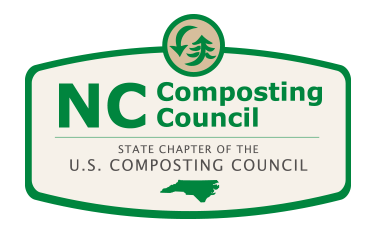
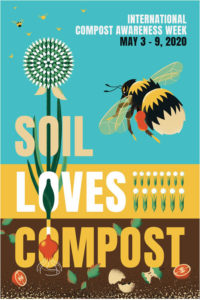


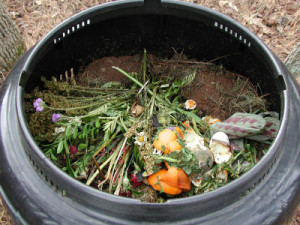
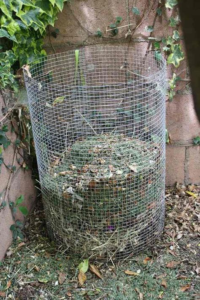
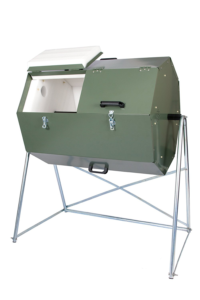
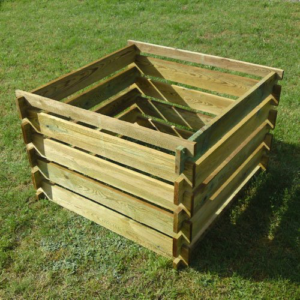
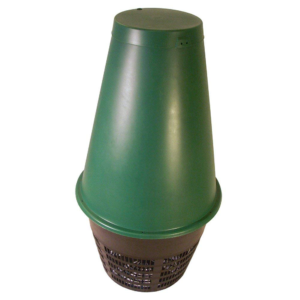
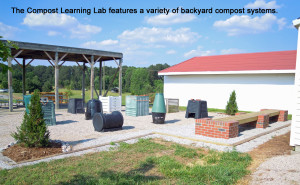
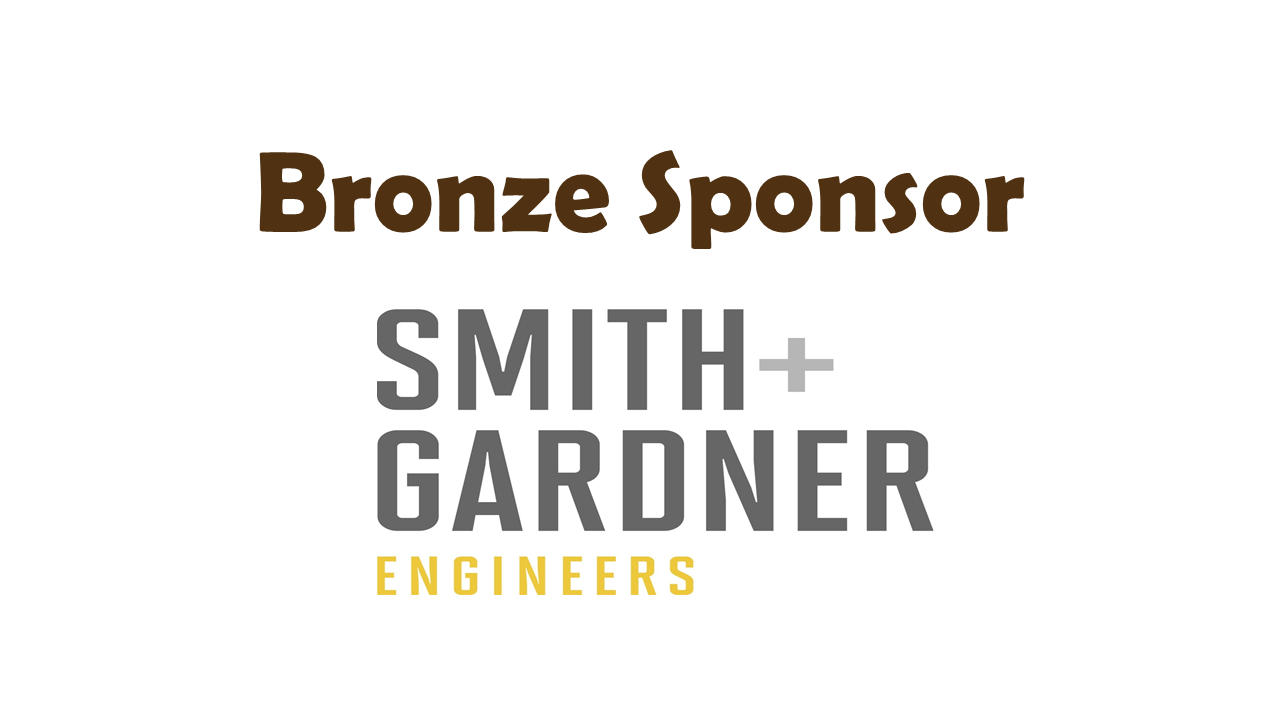
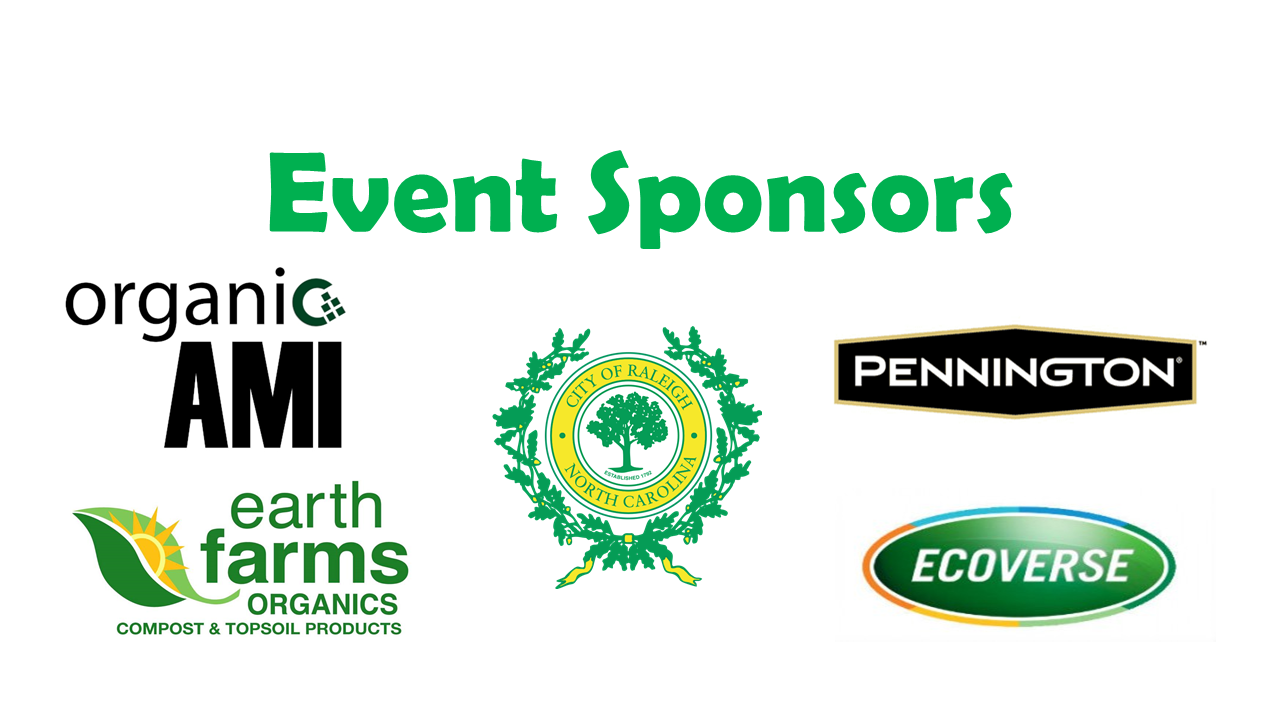


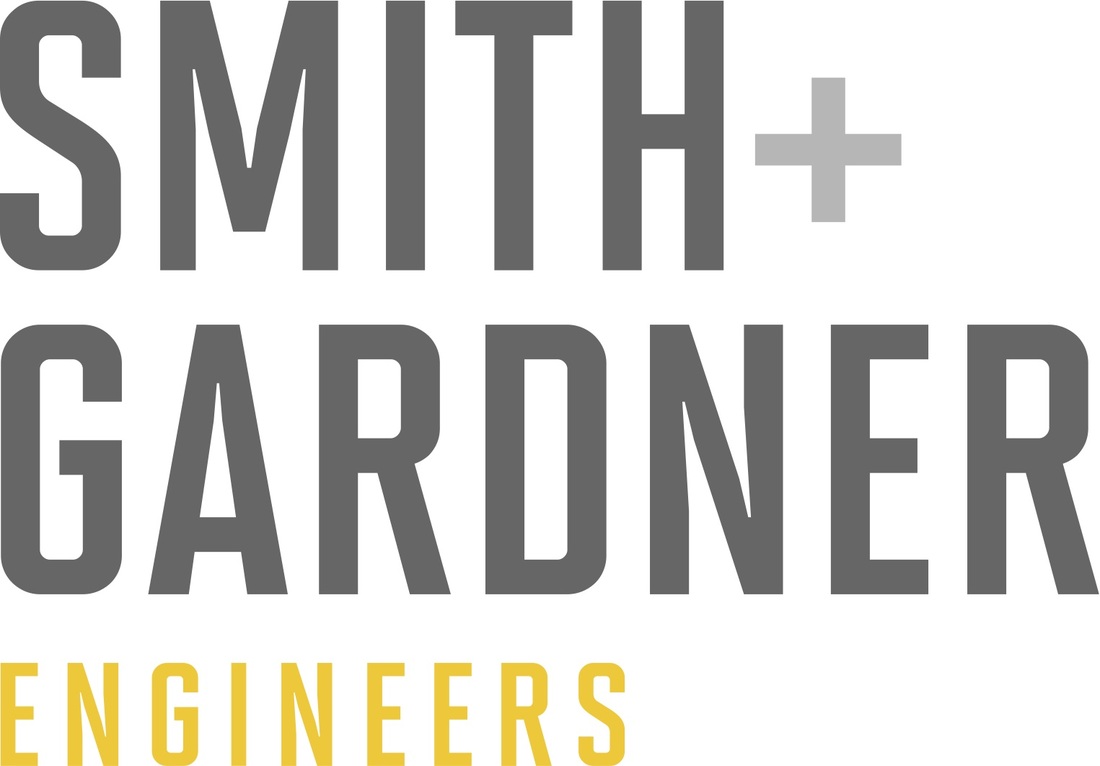

Leave a Reply
Want to join the discussion?Feel free to contribute!